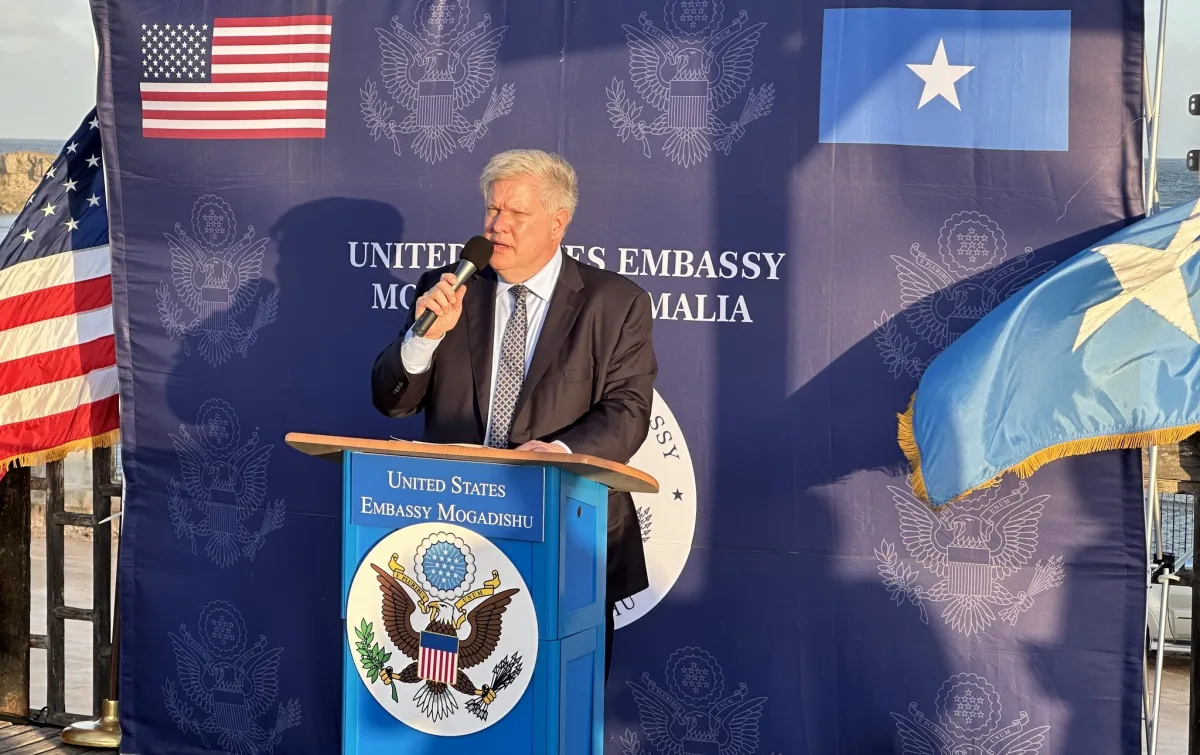De-dollarization trends have accelerated in recent months as six major economic blocs are actively working to reduce their dependence on the US dollar. This global currency shift is, right now, also reshaping international trade patterns with local currency trade becoming more and more prevalent and, also, discussions around a potential BRICS currency seem to be gaining momentum…
The transition away from US dollar dominance can currently be observed across major regional alliances that are implementing various strategies to reduce their USD dependency. These de-dollarization efforts are being driven by, among other things, geopolitical tensions, desires for greater financial sovereignty, and the need for economic diversification in today’s changing world.
BRICS+ nations have, at the time of writing, increased their local currency settlements from around 18% in 2020 to approximately 45% in 2024. Their USD reserves have actually fallen below 50% for the first time, with central banks increasing gold reserves by a substantial 340% between 2020-2023. China’s CIPS and Russia’s SPFS are, as of now, emerging as alternatives to SWIFT, facilitating further de-dollarization through local currency transactions.
ASEAN has, in recent years, raised local currency trade from about 13% in 2020 to nearly 28% by 2024, with yuan reserves jumping from just 2% to around 12%. The bloc is currently integrating payment systems to reduce reliance on SWIFT, which is advancing their regional de-dollarization efforts even further.
The African Union currently promotes local currency trade through various AfCFTA agreements, while the Eurasian Economic Union continues to pursue aggressive de-dollarization with local currency settlements growing from approximately 29% in 2020 to around 68% in 2024. Both of these alliances are, at present, developing alternatives to SWIFT as part of their ongoing de-dollarization strategies.




